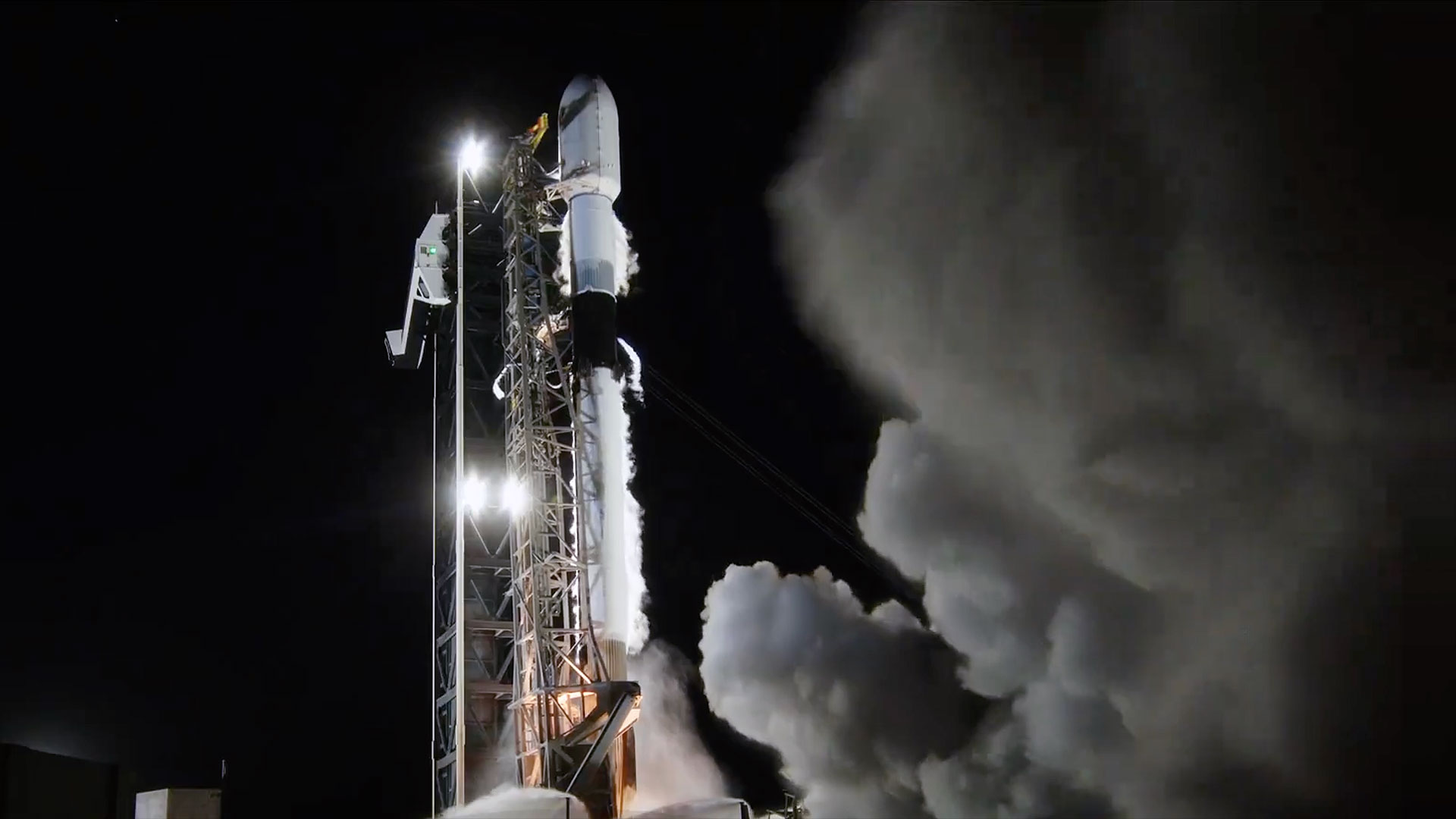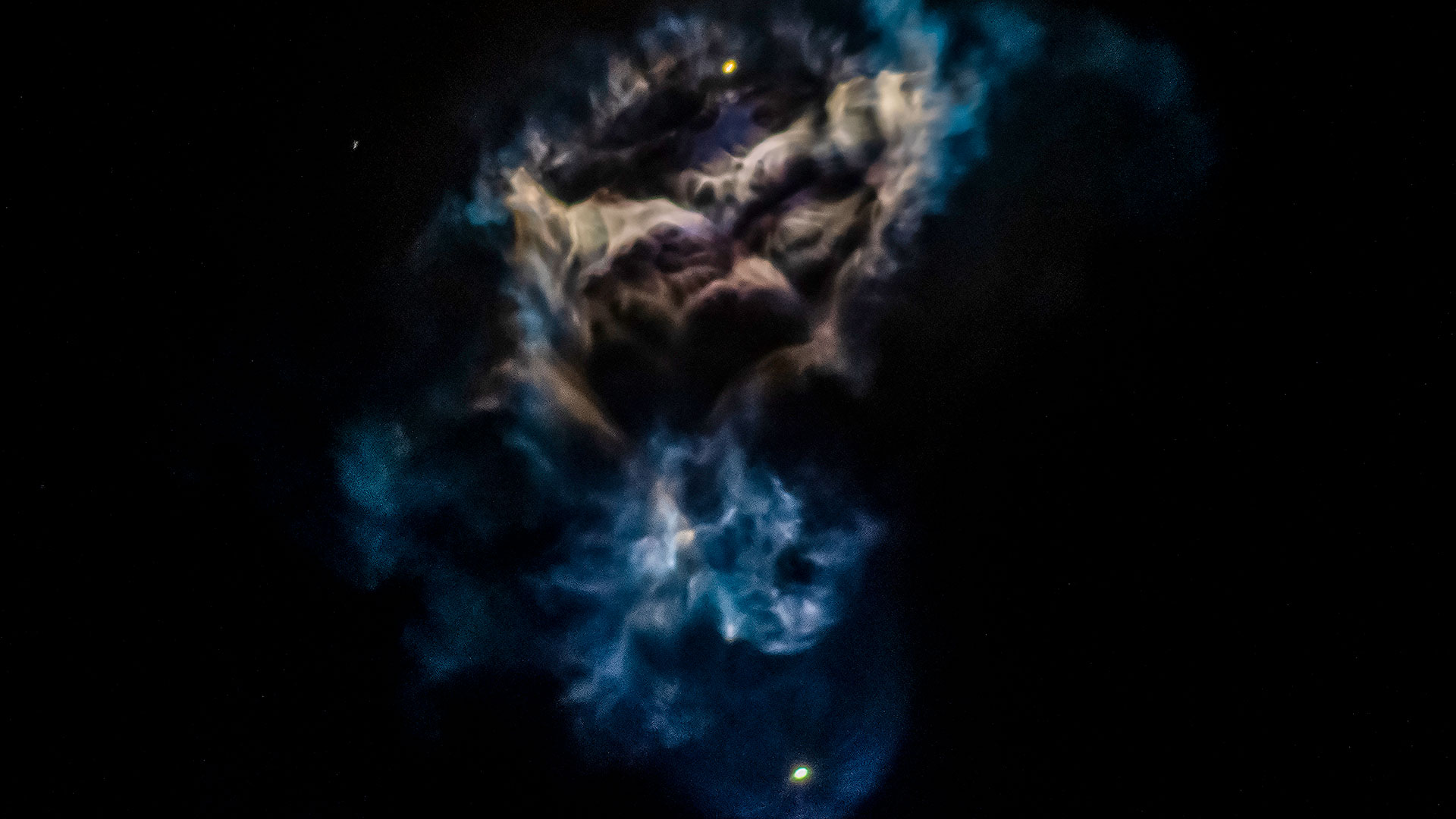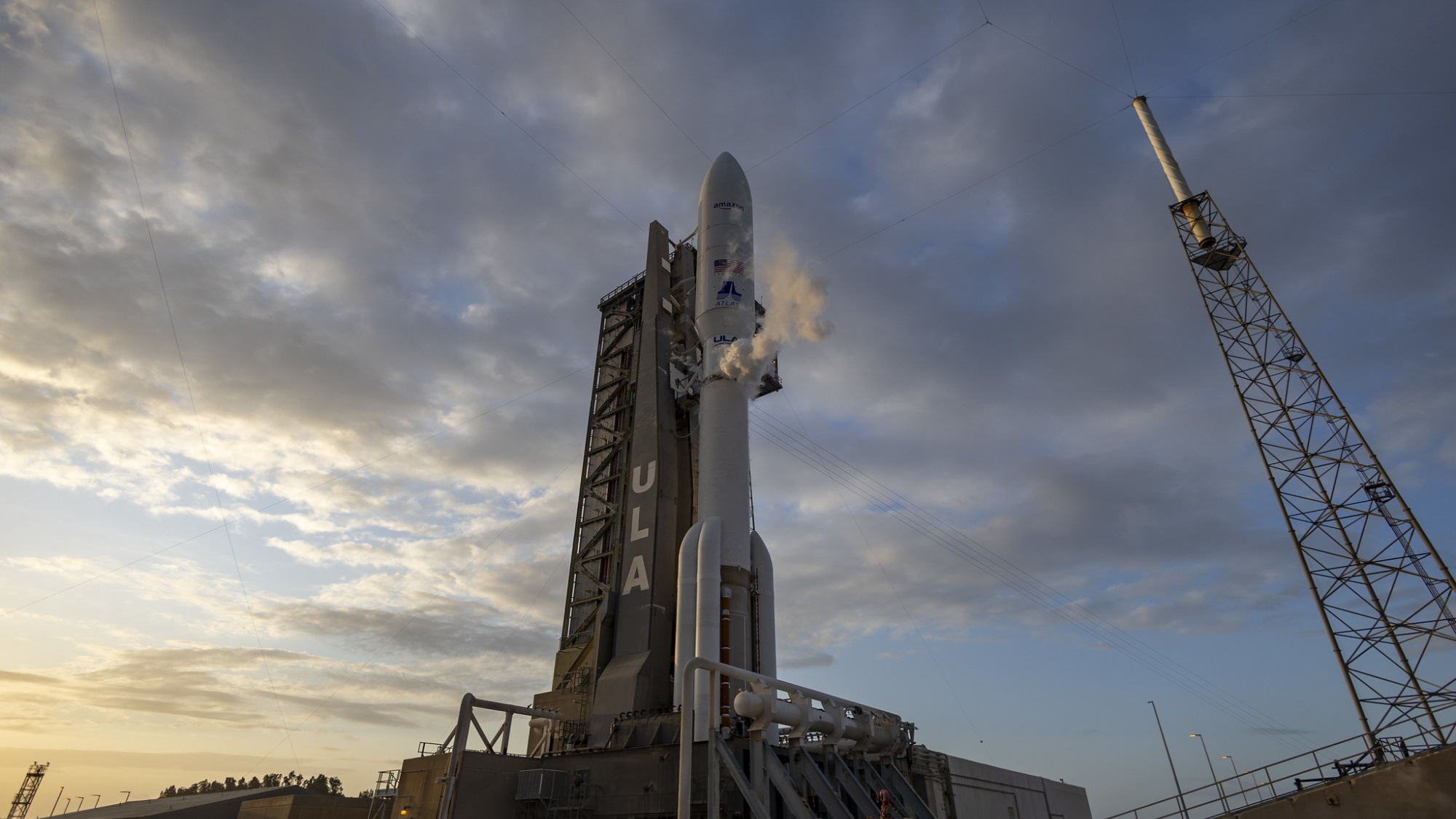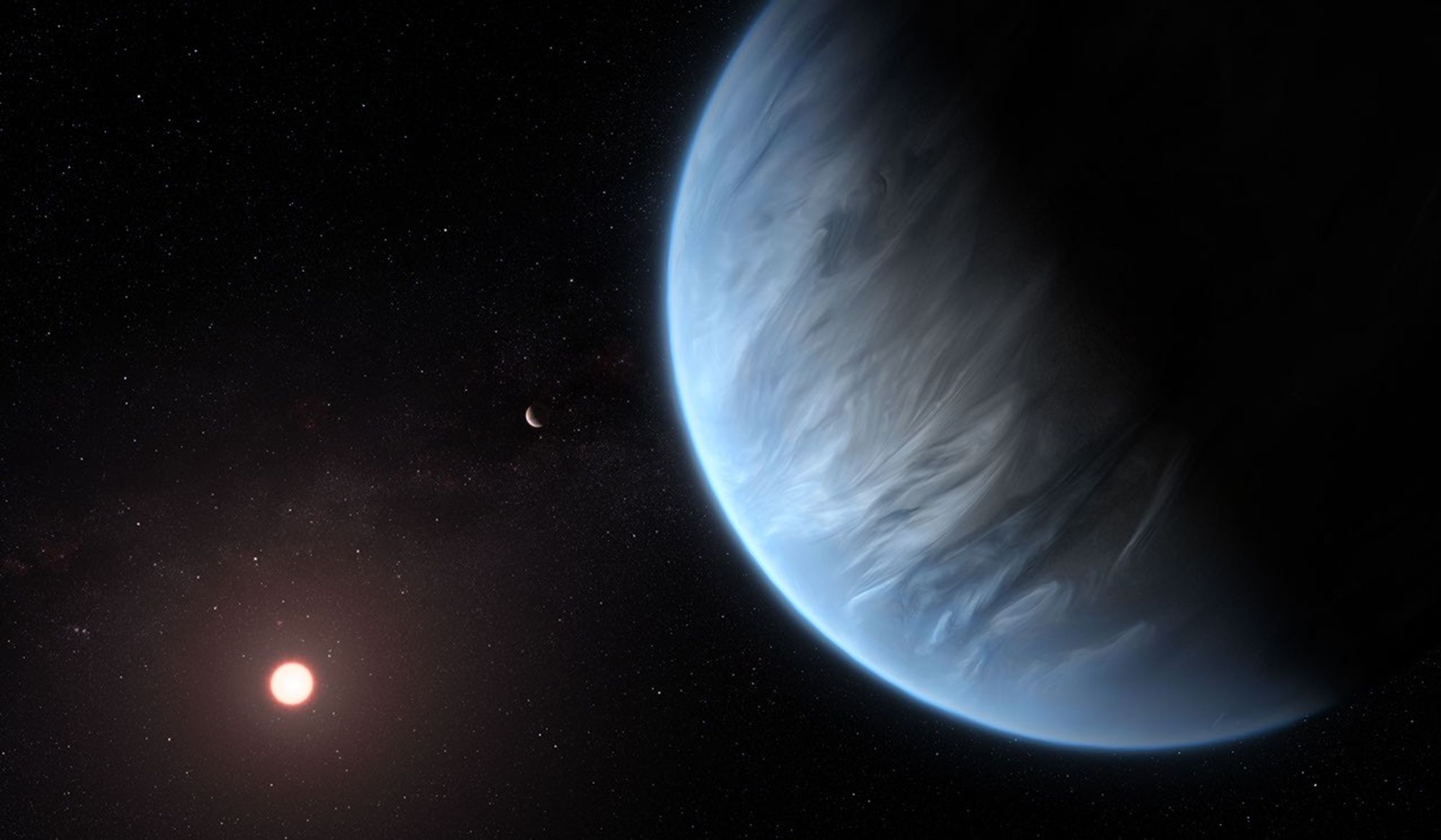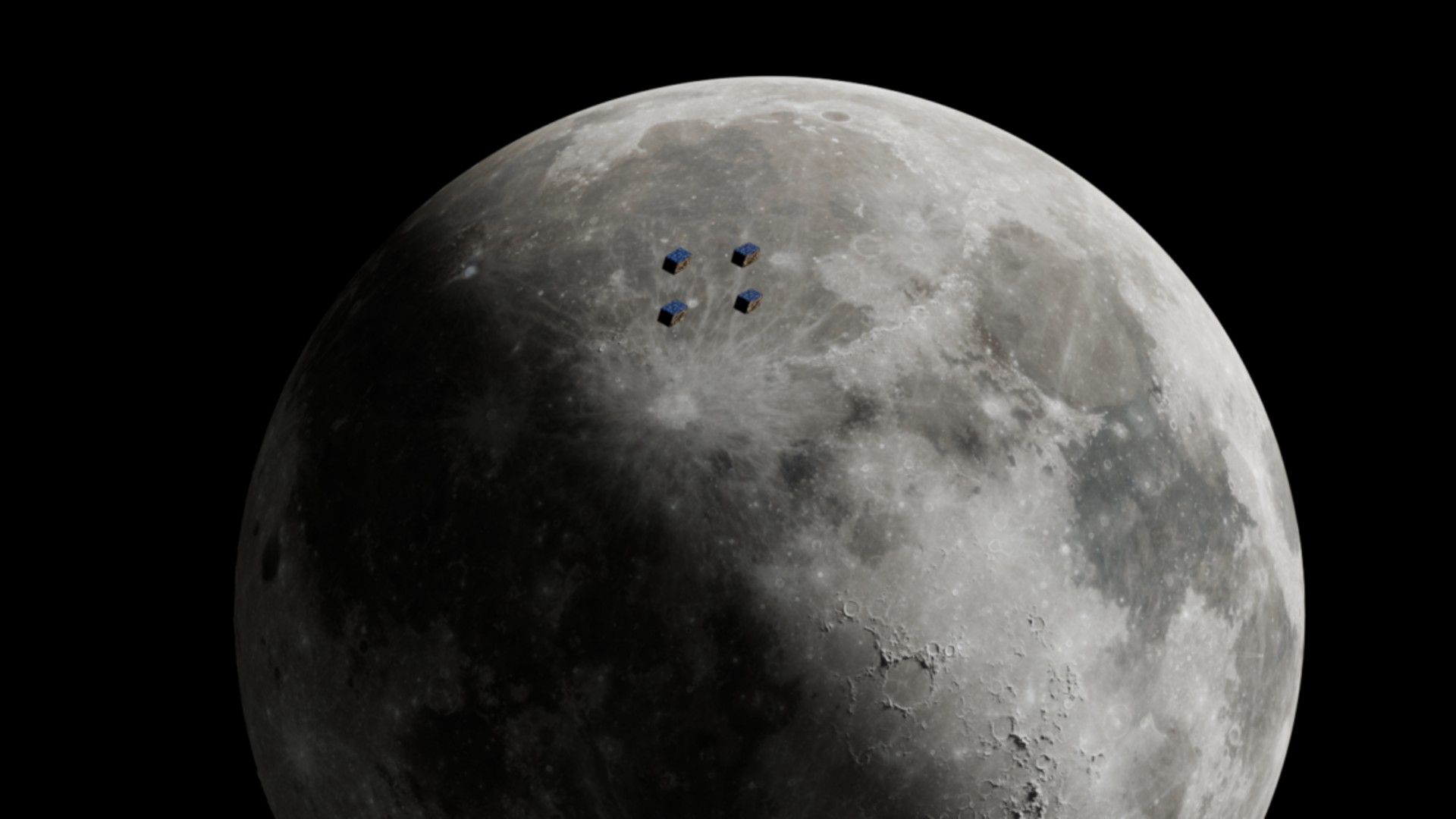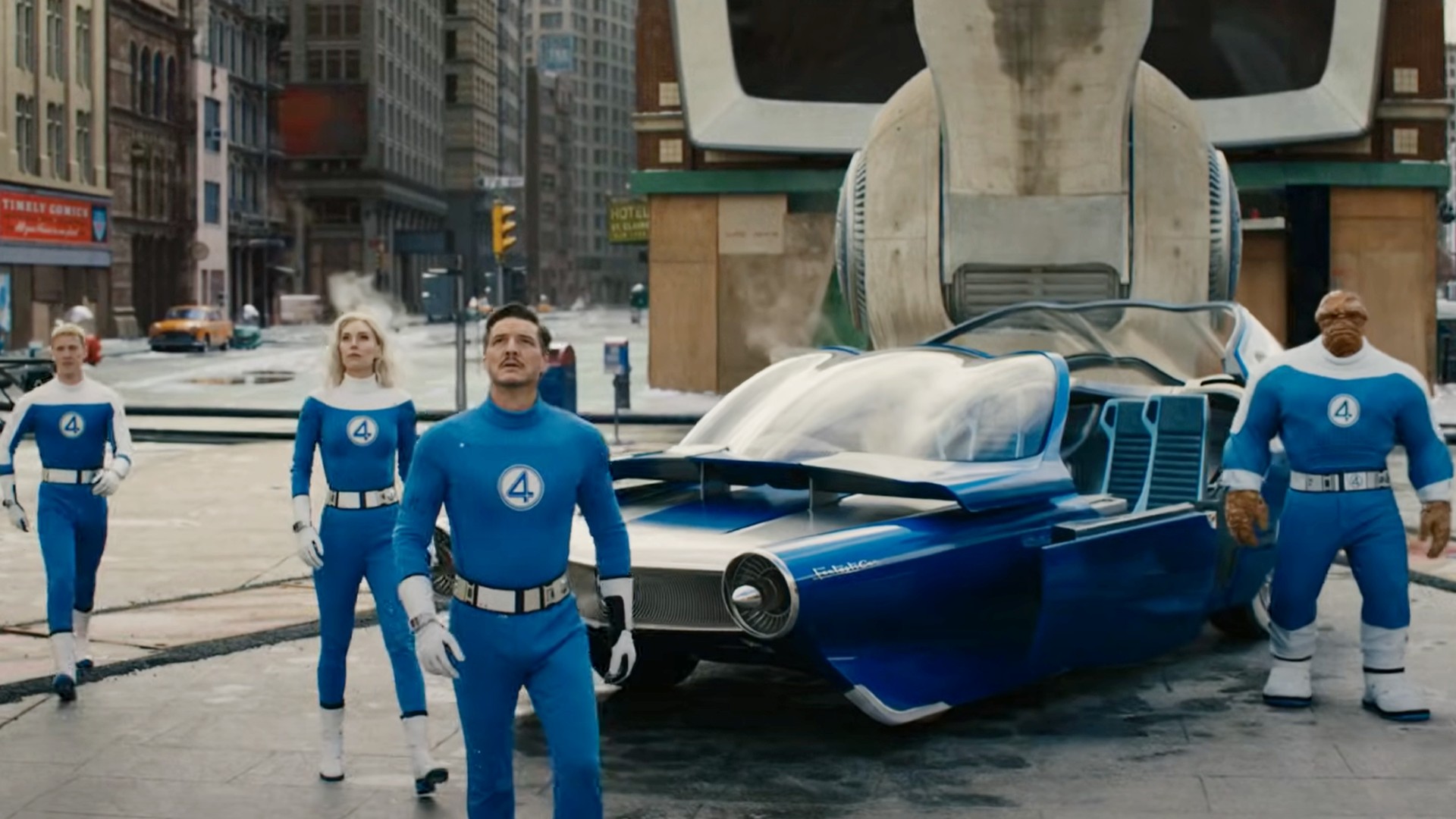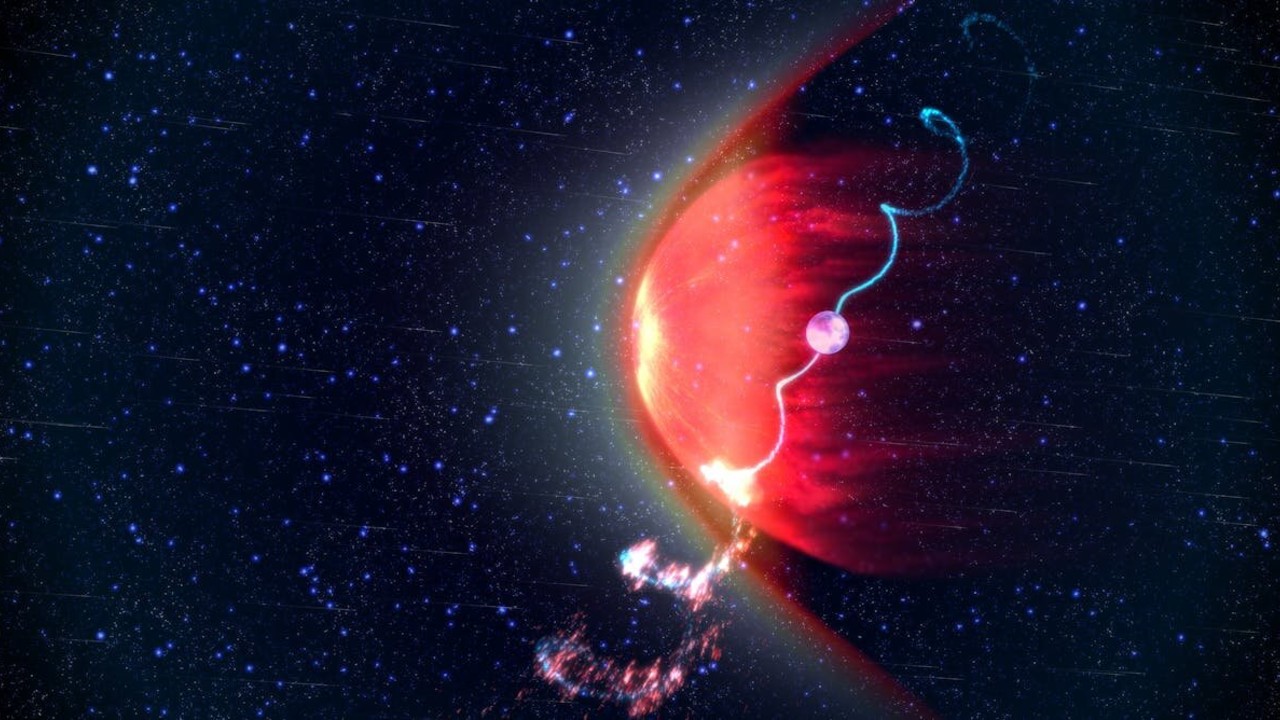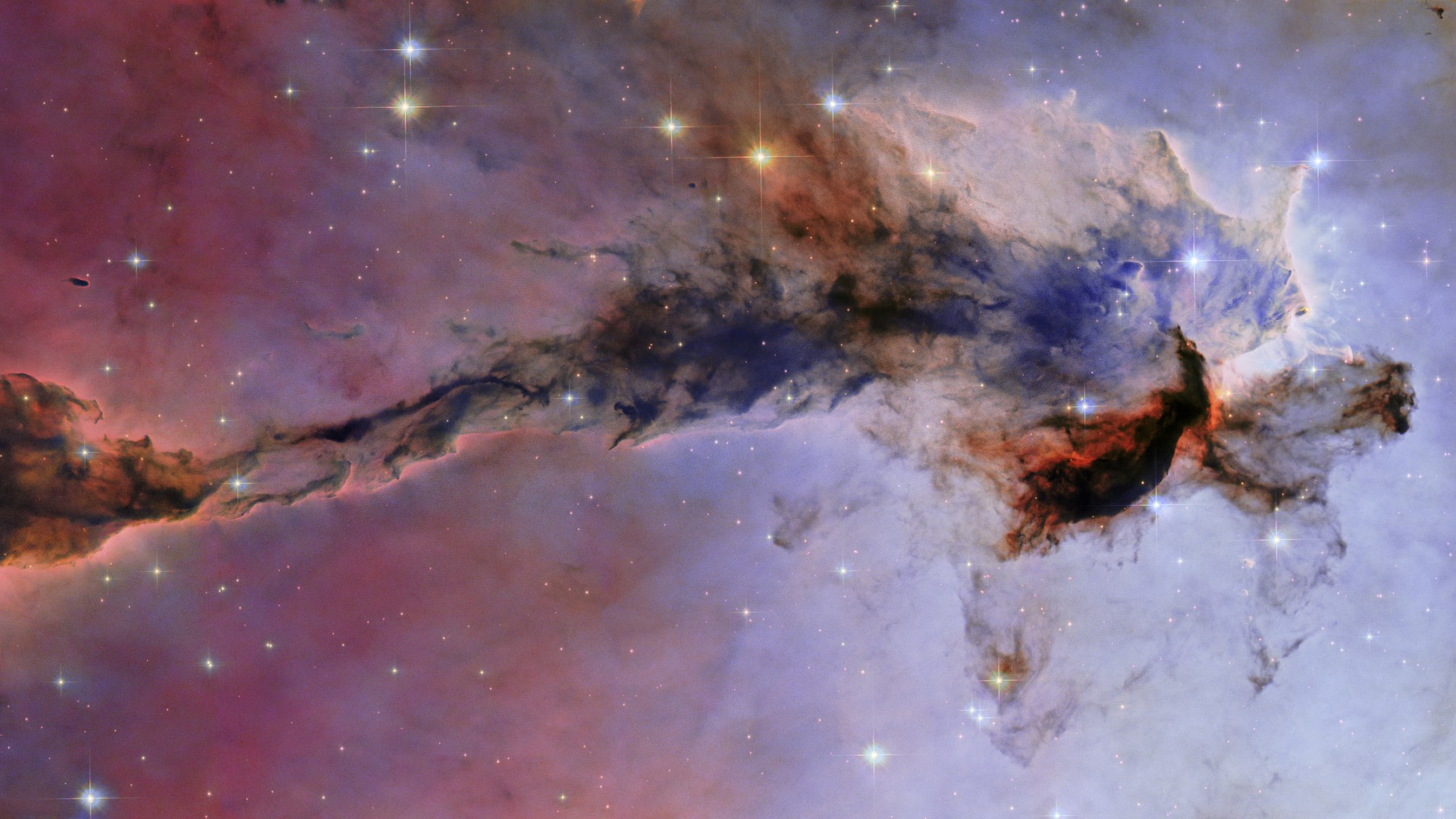Shuttle Discovery ‘Safe to Fly’ July Launch, NASA Says
HOUSTON - The space shuttle Discovery is all but ready to launch seven astronauts to the International Space Station (ISS) next month, after nearly a year of external tank redesign work and other safety improvements, the space agency told reporters Thursday.
Space shuttle managers here at NASA's Johnson Space Center (JSC) said Discovery is nearly ready for its STS-121 mission, the second test flight since the 2003 Columbia accident. The orbiter sits poised for launch atop pad 39B at NASA's Kennedy Space Center spaceport in Florida.
"That's one of the necessary conditions to get to flight, get the hardware together and out on the launch pad," said NASA's space shuttle program manager Wayne Hale. "Another necessary condition is to conduct the reviews of all the work. That's one thing that's been going on, and will continue to go on."
Commanded by shuttle astronaut Steven Lindsey, Discovery's STS-121 crew is slated to rocket spaceward on July 1 on a 13-day mission to test shuttle flight safety techniques and deliver vital supplies to the crew of the ISS. The spaceflight has a launch window that runs through July 19.
Structurally safe to fly
The largest change to Discovery's launch system revolves around its shuttle fuel tank.
"We have made the largest aerodynamic change to this vehicle that has been made since we started flying 25 years ago," said Hale. "The removal of what we call the PAL ramp--the protuberance air load ramp--two pieces of foam comprising almost 34 pounds--were removed from the outside of the external tank. We had to verify that the metal components that were protected from the aerodynamic flow by this ramp were still capable of withstanding those loads."
Get the Space.com Newsletter
Breaking space news, the latest updates on rocket launches, skywatching events and more!
A one-pound chunk of foam tore off from the PAL ramp during the orbiter's STS-114 mission last July. While foam debris did not strike Discovery during the 2005 launch, a 1.67-pound piece of foam breached Columbia's heat shield during its 2003 ascent and ultimately led to the loss of the orbiter and its astronaut crew.
The PAL ramp protected a tray of pressurization and electrical cables from the aerodynamic stresses of launch, but external tank engineers concluded that it posed an unacceptable debris risk to the shuttle's fragile heat shield, hence its removal. Still, the new tank design had to be tested and certified before STS-121 could launch.
"The structural analysts have done thousands of calculations in the last two and half months and were able to report yesterday that in all areas they can show that we meet the required factor of safety," said Hale.
"We can say with a tremendous certainty today that we are structurally sound to fly," stated Hale.
More than just tank changes
The launch stack that will fuel Discovery's STS-121 launch also carries new video cameras that will watch the PAL ramp and other tank areas for signs of foam shedding during liftoff.
"There are six cameras, three on each solid rocket booster and then one camera on the external tank," explained John Chapman, Space Shuttle External Tank Project manager.
Their views, in addition to new instrumentation installed on the tank, should prove vital for ground-based engineers to determine the performance of the design changes, he added.
"All of which we will utilize to verify and confirm the performance of the [removed] PAL ramp."
Shuttle workers have also swapped out seven of Discovery's crew cabin windows and replaced about 5,000 of the 16,000 gap fillers that fill in the spaces between the orbiter's heat-resistant belly tiles.
Gap fillers have sometimes shaken loose during launch and as a result have jutted out from an orbiter's heat shield, causing heating concerns elsewhere on the shuttle's undercarriage. NASA astronaut Stephen Robinson removed two such offending gap fillers during an STS-114 spacewalk. Since then, engineers have redesigned the process by which gap fillers are installed, injecting the adhesive between the tiles rather than applying it directly to the gap filler and then applying greater force to let it set.
"We weren't getting basically a good bond interface" said Steve Poulos, Space Shuttle Orbiter Projects Office manager, of the adhesive used to attach the gap fillers to the subsurface structure. "So recognizing that we didn't think we had a good process for installing these, the team went off and did some extensive work in terms of coming up with a new technique and appropriately training our technicians, engineers and quality inspectors on how we were going to improve this."
A landmark mission
Discovery's upcoming STS-121 mission will mark a major milestone for NASA's shuttle and space station programs.
If all goes well, the spaceflight could be the first of three shuttle missions this year, the latter two of which will be dedicated to space station construction, NASA has said.
Lindsey and his fellow STS-121 astronauts are expected to spend about 13 days in orbit testing shuttle safety, inspection and repair techniques. At least two spacewalks are planned, though a third dedicated to testing repair methods for Discovery's reinforced carbon carbon (RCC) heat shield panels could be added if orbiter resources allow.
Discovery will also deliver tons of fresh cargo to the ISS--currently home to Expedition 13 commander Pavel Vinogradov and flight engineer Jeffrey Williams--as well as European astronaut Thomas Reiter, who will join the station crew for six-month mission.
"What we are doing [on STS-121] is maintaining our outpost in space," said Hale. "[The space station] is the only place in the frontier where there is a permanent human presence and this is an important step."
"I am trying to remind all my workforce is that what we are doing July 1st is not just carrying some food and water and cable reel for the International Space Station, we are actually taking the next step on the way to Mars. We are really truly involved in pioneering the space frontier and I think its important for us to remember that," concluded Hale.
- Faulty Electrical Box Won't Delay Discovery Launch
- STS-121 at the Pad: NASA's Discovery Shuttle Reaches Launch Site
- Return to Flight: NASA's Road to STS-121
Join our Space Forums to keep talking space on the latest missions, night sky and more! And if you have a news tip, correction or comment, let us know at: community@space.com.

Robert Pearlman is a space historian, journalist and the founder and editor of collectSPACE.com, a daily news publication and community devoted to space history with a particular focus on how and where space exploration intersects with pop culture. Pearlman is also a contributing writer for Space.com and co-author of "Space Stations: The Art, Science, and Reality of Working in Space” published by Smithsonian Books in 2018.In 2009, he was inducted into the U.S. Space Camp Hall of Fame in Huntsville, Alabama. In 2021, he was honored by the American Astronautical Society with the Ordway Award for Sustained Excellence in Spaceflight History. In 2023, the National Space Club Florida Committee recognized Pearlman with the Kolcum News and Communications Award for excellence in telling the space story along the Space Coast and throughout the world.
